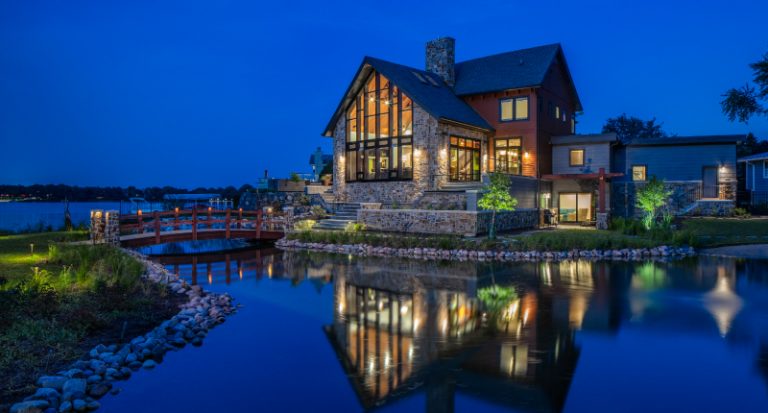selecting

Natural stone has a great reputation for environmentally friendly qualities such as its durability, low embodied energy, no volatile organic compounds (VOCs), and being a nearly complete material in its natural state. Mother Nature does most of the work, making natural stone a single ingredient material suitable for many interior and exterior applications that perform impeccably over time. Most other building materials require additional ingredients and a more complex manufacturing process. Because these added materials and processes can have a negative impact on our health and the environment, they should be considered when selecting a material for a project.

Natural stone is often chosen for residential and commercial work because of its beauty and versatility. It’s also really nuanced, according to Roger P. Jackson. He is drawn to the beauty of natural stone and believes that its beauty goes beyond aesthetics. “Natural stone feels more durable,” Jackson says. “It has a character of strength, stability, durability, and mobility.”

Here are five things to know when you decide on using natural stone for your home improvement project, to help ensure product satisfaction and an overall smooth experience. More education helps ease the process of finding the best fit for their style, taste, and budgets, and to suit their individual project needs.

Styles may change from season to season, but Mother Nature creates unique designs in natural stone that are historically innovative and always on trend. This is why natural stone remains a timeless and flexible option for many interior applications including countertops and flooring.

While design trends come and go, natural stone remains a timeless and flexible option for many exterior applications including cladding, paving, and hardscapes. It is important to know how the material chosen for an exterior project will perform under a variety of circumstances, conditions, and uses.
From an overall sustainability perspective, natural stone has a lower environmental footprint than precast concrete. This is due to the minimal resources used to quarry, fabricate, finish, and transport natural stone.
Sintered surface is sometimes marketed as sustainable because it contains natural materials. But as you will see from the manufacturing process described below, the use of an energy intensive manufacturing process gives sintered surface a much larger environmental footprint than natural stone.

Porcelain is produced to emulate the beauty and veining of marble. But as you will see, the use of many materials and additives and the energy intensive processes involved in its manufacturing create a much larger environmental footprint for porcelain than natural stone.
Engineered quartz is sometimes marketed as a sustainable, natural material because of the quartz in it. However, as the process of manufacturing engineered quartz depicted demonstrates, that is not the case.

Natural stone adds value to any project through its sustainability properties. Stone—a single-ingredient product — is one of the most sustainable building materials that can be specified.

Whether you’re looking to update several rooms in your home or just one space, your goal is to maximize your look without sacrificing the budget. How does natural stone fit into this?

To ensure a successful countertop fabrication project, remember: a good job takes time, look beyond the color, and perfection does not exist in our world.

Natural stone plays a prominent role in many kitchen remodels. Here are three questions to consider when choosing a stone for your kitchen project.

Learn how to test stone samples for hardness, acid resistance, and porosity. Kitchen designers, architects, fabricators, and restoration professionals can use diagnostic techniques to learn as much as they can about particular varieties of natural stone.

As climate change impacts communities throughout the world, architects, designers, and environmentally conscious homeowners are more often choosing building materials like natural stone that have low embodied carbon and energy.

Is quartz natural stone? Our geologist analyzed samples from several different quartz manufacturers. Sort fact from fiction using real scientific data to prove performance statistics.

We’ve pulled together some of the best slab repurposing ideas we’ve seen in the field—some inspiring suggestions to maximize your investment, and to help you gain the maximum enjoyment possible from the slab that called your name

By experimenting on stone samples, you’ll not only gather key bits of information, but you’ll also gain confidence in the real-world attributes of various stones.

The leftover materials from fabrication or construction are known as remnants. There are many different ways to address this issue and many advantages to identifying and using natural stone remnants in a project.

When a natural stone installation project is complete, fabricators stockpile remnants that are too small for a full kitchen countertop. These scraps present an opportunity for creative applications throughout your home.



